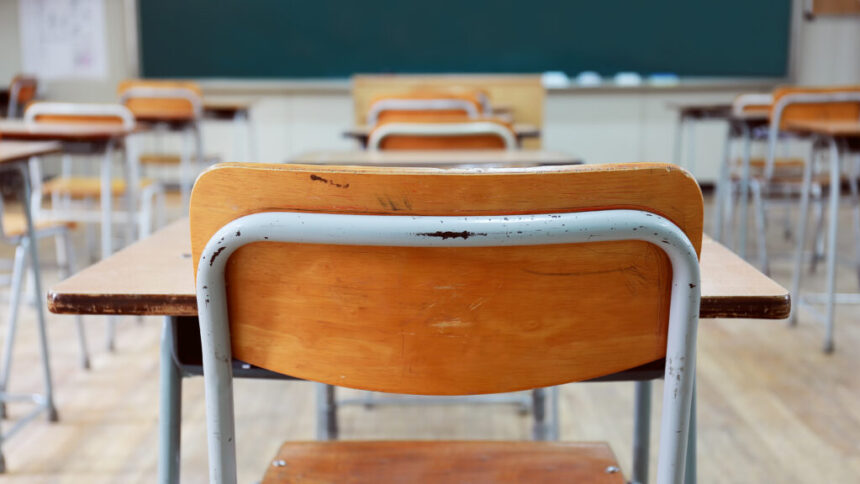The recent data released by the Association of American Medical Colleges (AAMC) has shed light on a concerning trend in medical school enrollment. Following the Supreme Court’s decision to ban the consideration of race in admissions, there has been a significant drop in the enrollment of Black and Hispanic students. The numbers paint a stark picture, with a decrease of 11.6% for Black enrollees and 10.8% for Hispanic enrollees. The Indigenous student population has also been adversely affected, with American Indian or Alaska Native students dropping by 22.1% and Native Hawaiian or Pacific Islander students by 4.3%.
These statistics reflect the first medical school class selected post the court’s decision, raising concerns about the potential impact on diversity within the medical workforce and efforts to address racial health disparities. Norma Poll-Hunter, from the AAMC, highlighted the detrimental effects of state-level initiatives aimed at defunding diversity efforts, labeling it a “double whammy.” She emphasized the vital role that diversity plays in improving healthcare access and outcomes for all communities.
While the number of white students remained steady, there was an increase in Asian student enrollment. However, the decline in underrepresented groups brings the enrollment of Black and Hispanic students back to pre-pandemic levels, undoing the progress made in recent years. David Skorton, the CEO of AAMC, reiterated the commitment of medical schools to diversifying the healthcare workforce, emphasizing the positive impact of a varied workforce on community health.
Experts like Utibe Essien expressed concerns about the challenges faced by underrepresented students in gaining admission to medical schools due to affirmative action bans. Despite the drop in enrollment, there has been an increase in applications from Black and Hispanic students, indicating a continued interest in pursuing medical education. Essien encouraged aspiring applicants from these groups to focus on academic excellence and stand out in their extracurricular activities to enhance their chances of acceptance.
The decrease in Native American and Alaska Native student enrollment is particularly alarming, given the low representation of physicians from these communities and the pressing healthcare needs of tribal populations. Efforts to address these disparities may face further obstacles as universities and medical schools navigate legal challenges and funding uncertainties.
In contrast, the American Association of Colleges of Osteopathic Medicine reported an increase in enrollment of students from underrepresented groups, highlighting the importance of ongoing inclusion and empowerment initiatives. Despite the current challenges, Poll-Hunter remains optimistic about the future and the continued efforts of medical schools to diversify their student populations. The upcoming enrollment numbers will be crucial in assessing how institutions adapt to the evolving legal landscape while prioritizing diversity in medical education and practice.







